BNK BK-8200 Wireless Microphone
Description
The BNK BK-8200 is a dual-channel wireless microphone system designed for live vocals, public speaking, karaoke, and church services, among others. It uses UHF wireless transmission to support two handheld microphones operating at the same time. It offers clear sound over a typical range, with a balanced combination of durability, usability, and affordable performance.
Key Features
| Feature | What does it give you |
|---|---|
| Dual UHF Channels | Two microphones simultaneously without interference. Good for duets or two speakers. |
| UHF Frequency Band (600‑850 MHz) | More stable wireless link, less interference vs some VHF systems. |
| Wide Audio Frequency Response (50 Hz – 15 kHz) | Captures low bass and fairly high frequencies; suitable for vocals, etc. |
| Cardioid Polar Pattern Microphones | Better rejection of off‑axis/background noise, helping reduce feedback & ambient noise. |
| Good RF Sensitivity & Low Distortion | Ensures stable signal reception and clean sound. |
| Durable Build (Metal Housing) | More robust for live use or frequent transport. |
| Balanced & Unbalanced Outputs | Flexibility to connect to mixers, PA systems, etc. |
| LED / Display Indicators | Frequencies, signal strength, and battery status are visible. |
Technical Specifications
Here are the more specific specs for the BK‑8200:
| Spec | Value |
|---|---|
| Channels | 2 handheld wireless transmitters (dual channels) |
| Carrier / Operating Frequency Range | Approximately 600–850 MHz UHF |
| Audio Frequency Response | ~ 50 Hz – 15 kHz |
| Polar Pattern | Cardioid |
| RF Sensitivity | Better than about −80 dB |
| Total Harmonic Distortion (THD) | Less than ~ 1.2 % |
| Signal‑to‑Noise Ratio | > ~ 98 dB |
| Maximum Transmission Range | Up to about 50 meters under typical conditions. Some sources say up to 60 m or even 100 m in an open area. |
| Transmitter Output Power | < 10 mW RF output. ±22 kHz deviation. |
| Power / Batteries (Microphones) | 2 × AA batteries (can be alkaline or NiMH) per mic. |
| Power for Receiver | DC ~12 V (about 700 mA in some sources) |
| Outputs on Receiver | 1 × balanced XLR output; 1 × unbalanced ¼″ TRS / jack output. |
| Physical / Build | Microphones and receivers have metal housing; LED/display indicators. |
Use‑Case Considerations & Limitations
-
Range vs obstruction: While 50 m or more is possible, walls, interference, and obstacles reduce real‑world range.
-
Battery life: Using AA batteries means you’ll need spares or rechargeables. Runtime depends on battery type and usage.
-
Frequency licensing/interference: UHF bands might require regulatory approval, depending on the country. Also, other devices might cause interference.
-
THD & fidelity: This is good for vocals and speech, but may not satisfy audiophile or very high resolution recording demands.

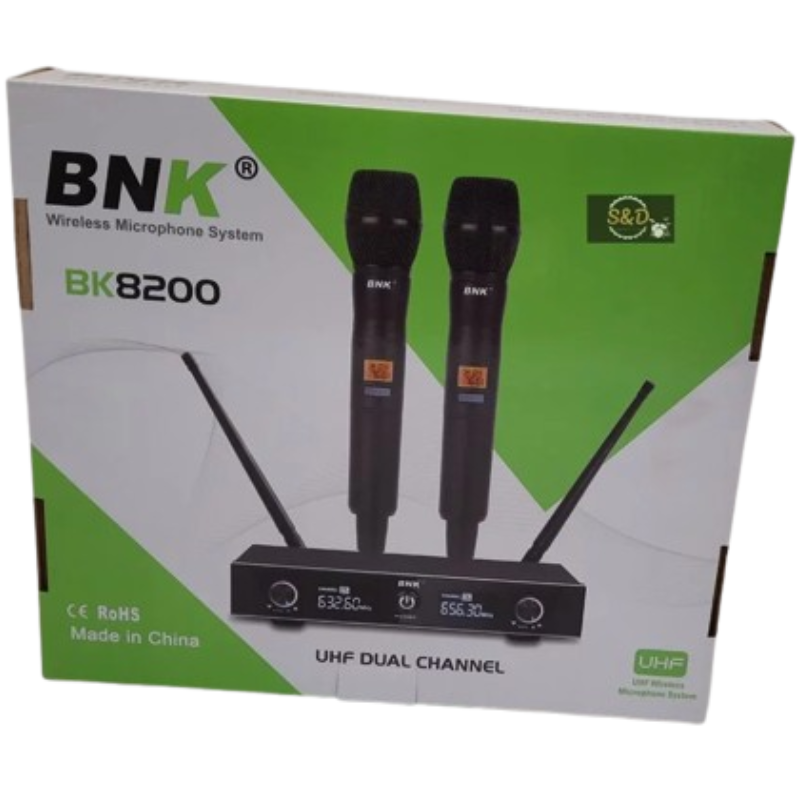
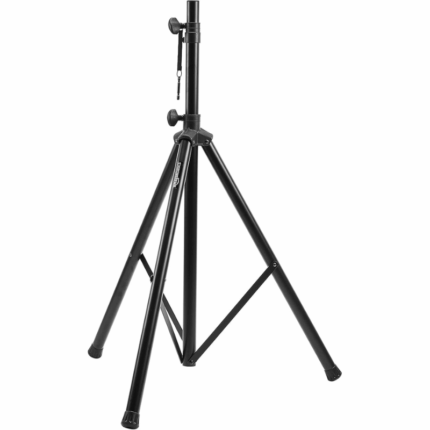
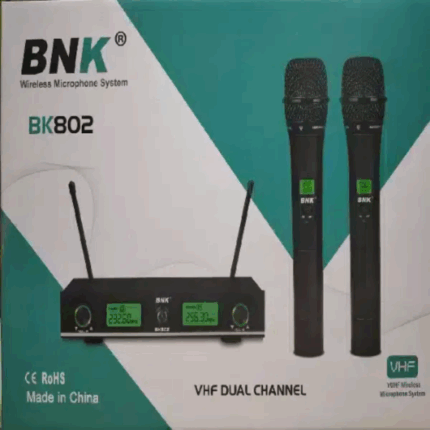


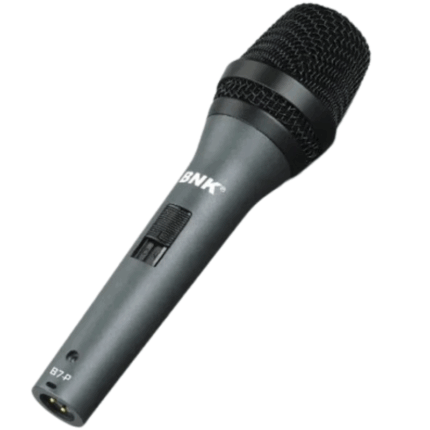
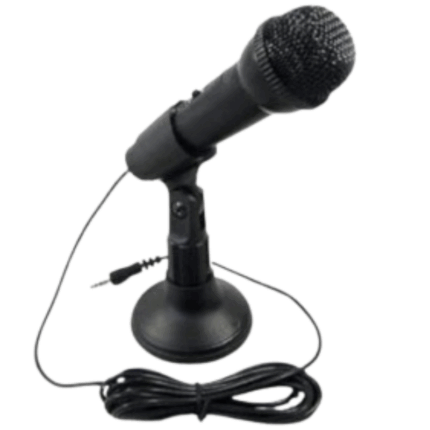


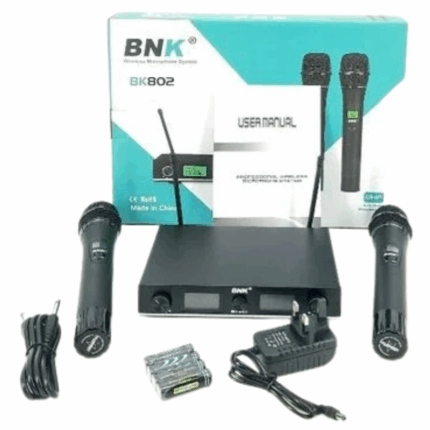
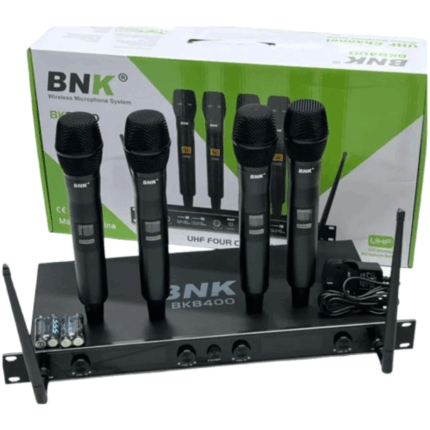



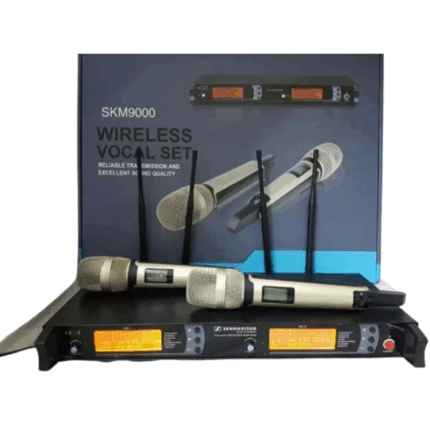
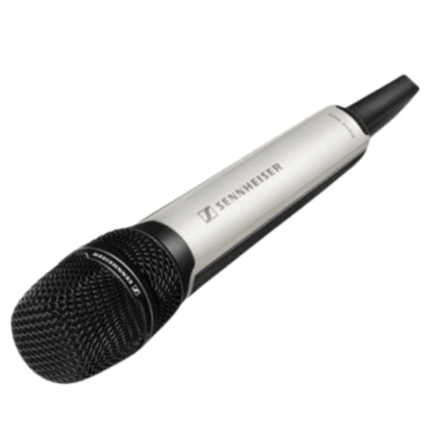
Reviews
There are no reviews yet.